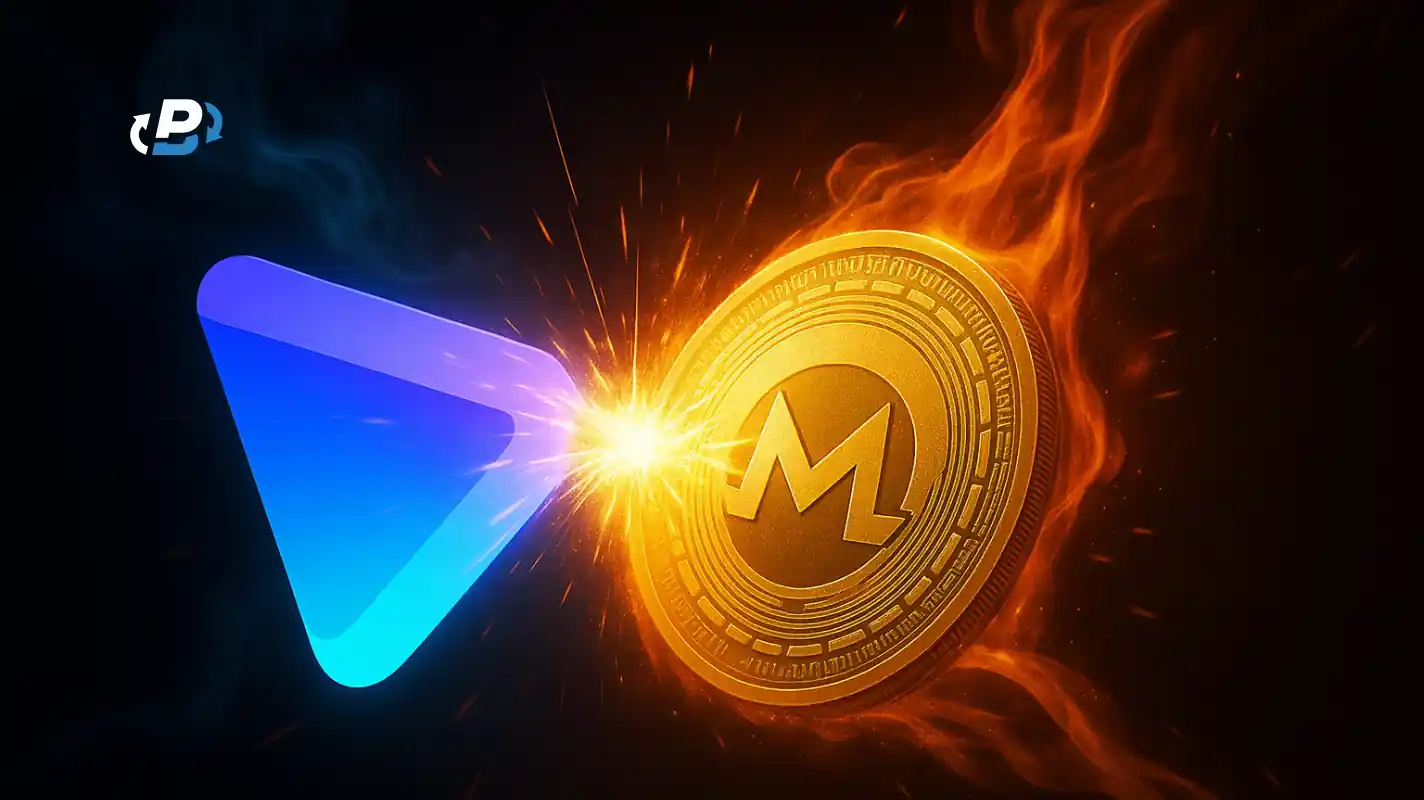For Proton, the Swiss-based tech company offering services like Mail, VPN, Calendar, and Drive, privacy lies at the core of its philosophy. It shouldn’t come as a surprise, therefore, that many of its users have asked the company to accept Monero, a leading privacy coin, as a payment method. In fact, after numerous requests through social media channels, David Peterson, the General Manager of Proton VPN, posted that “if someone get an online petition together with 1000 people saying they'd switch to Proton VPN if we supported Monero then I guarantee that I'll get it crowbarred into the Summer roadmap”. A week later, he got what he asked for: 1,012 signatures on change.org. He then committed to add Monero as a way of purchasing Proton VPN plans “before the end of the summer”.
After this request from a big group of users, you might wonder, does Proton accept Monero? No, they don’t, but Proton accepts crypto cards and you can load a crypto card using Monero, then add the card details as your payment method. So technically, you’re getting around the fact that Proton doesn’t accept Monero by using a crypto card because you’re paying for the card with Monero. And yet, all this leads one to ask: what is behind this clamorous demand from users, and Proton’s refusal to implement it?
What makes Monero popular but controversial?
Users value Monero’s unique privacy features, which allow them to keep their anonymity by encrypting their data, while still being able to make transactions over the blockchain, something they can’t find in other mainstream cryptocurrencies like Bitcoin or Ethereum. While with the latter it is possible to identify the sender and receiver of a transaction, as well as its amount, Monero hides all this data through a series of features, like stealth addresses, ring signatures, and ringCT. However, because Monero is virtually untraceable, many governments and regulatory agencies see it as a threat, and several countries like Japan, South Korea, Australia, and Dubai even outright prohibited it. And even if it is not strictly illegal in most countries, there has been significant pressure on crypto exchanges to avoid it. As a result, Monero has been delisted by Binace, Kraken (in Europe), and Houbi, to name just a few well-known exchanges. Coinbase, the largest US-based cryptocurrency exchange, has never listed it in the first place.
A reason mentioned against using Monero is that it enables criminal activities like money laundering, tax evasion, or ransomware (in fact, in a high-profile case, kidnappers demanded $11 million in Monero as ransom). Its untraceability, it is said, makes it very popular in the so-called “digital underground”. And yet, this same untraceability is seen by many users as a guarantee of freedom from surveillance and institutional control. No wonder that so many users want it as a way to pay for Proton. The company, however, only promised to add it as a payment method for their VPN, not for any of its other services. And even this limited promise has not yet been made good.
How to pay for Proton with Monero?
Even if the answer to the question “does Proton accept Monero?” is “no”, the good news is that, as mentioned above, a functional bridge is available for privacy-focused users who are eager to pay for Proton with Monero: using crypto cards. And Plasbit provides a simple way to do so. Here’s how:
1. In your Plasbit account, select the Wallet section from the menu on the left. There, you can deposit Monero by either scanning the QR code that appears on the right or using the given address, appearing below the code.

2. After depositing Monero in your Wallet, go to the “Cards” section, where you can then select which crypto card you want to order.
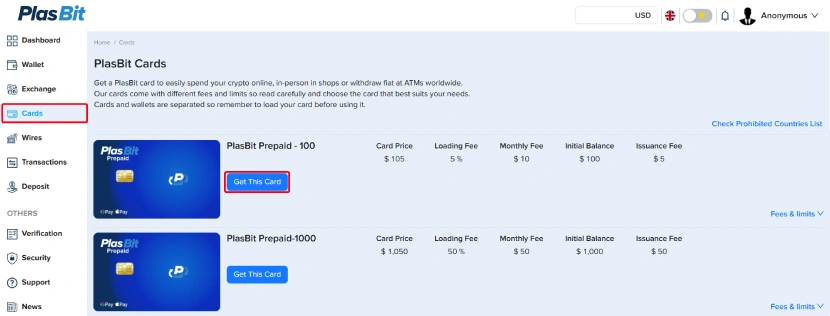
3. A form will appear where you fill in your personal details, and choose the Payment Wallet from which you will fund the card. Naturally, you can use your Monero (XMR) balance.
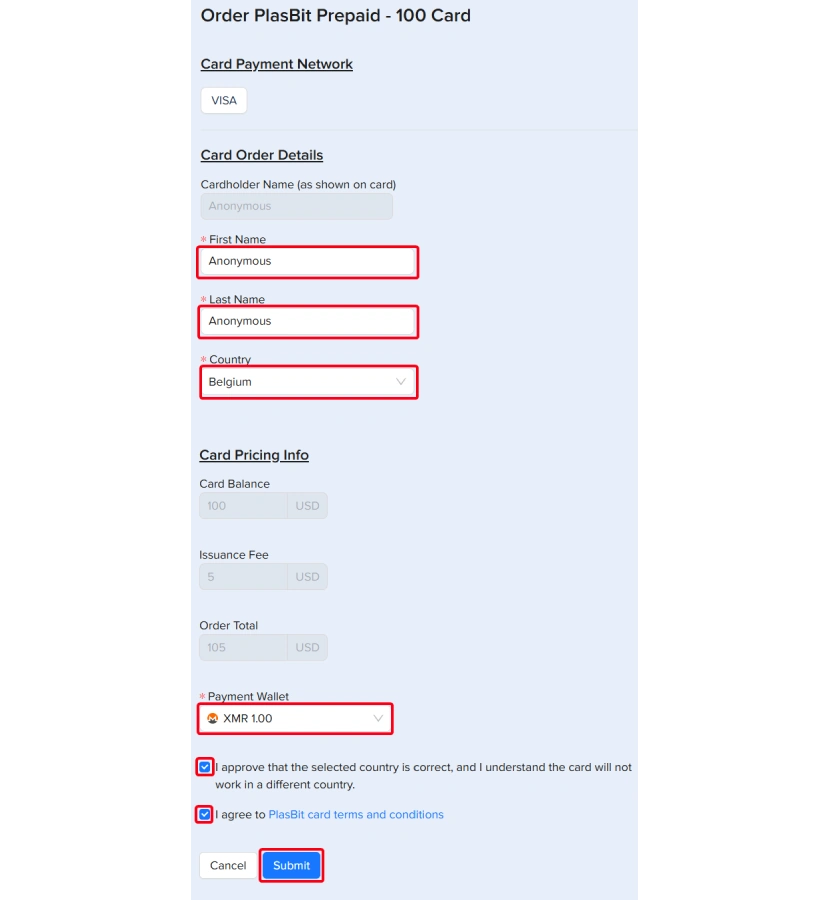
4. After reviewing all the details (including the amount in USD and XMR), you click “Submit”.

5. You will then be redirected back to the cards section, where your card should appear at the top. Below it, click on “View card details”.
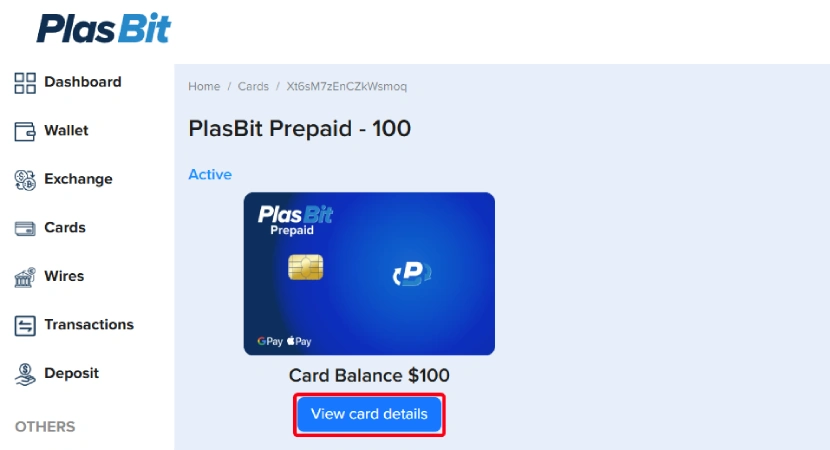
6. To view the details, you will receive a verification code in your email, which you need to fill in the provided field.
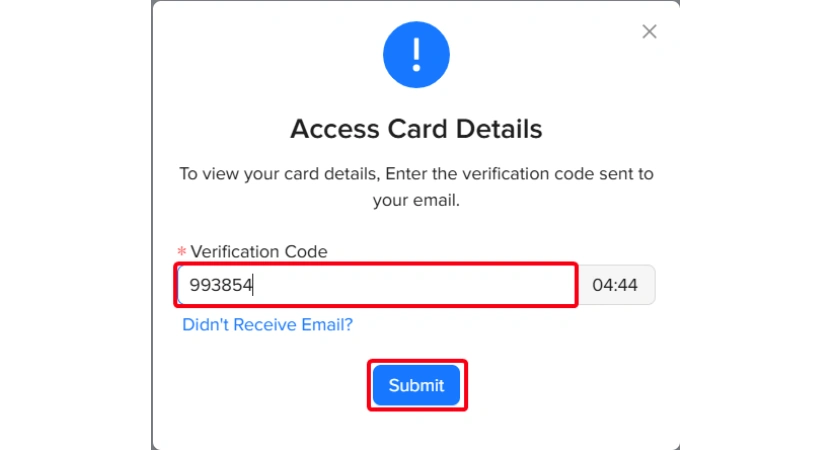
7. You can then copy the card’s number, expiration date, and CVV number.
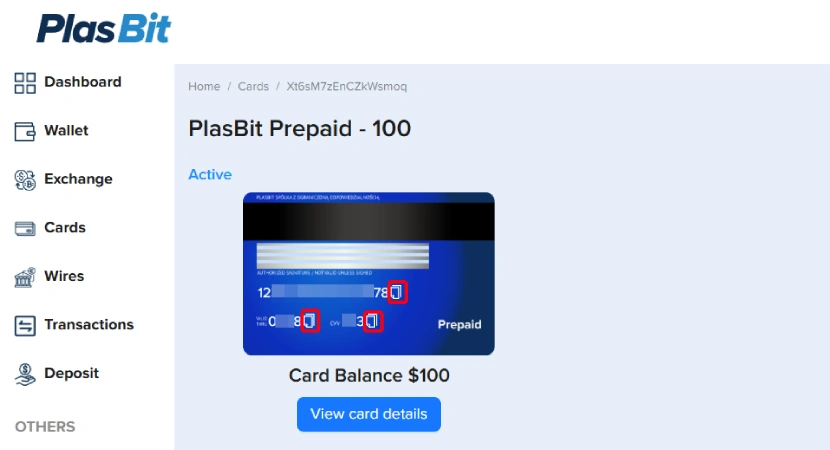
8. Go to Proton VPN website and navigate to the plans & pricing section by clicking on the “Get Proton VPN” button at the top right corner. There you can choose your preferred subscription plan.
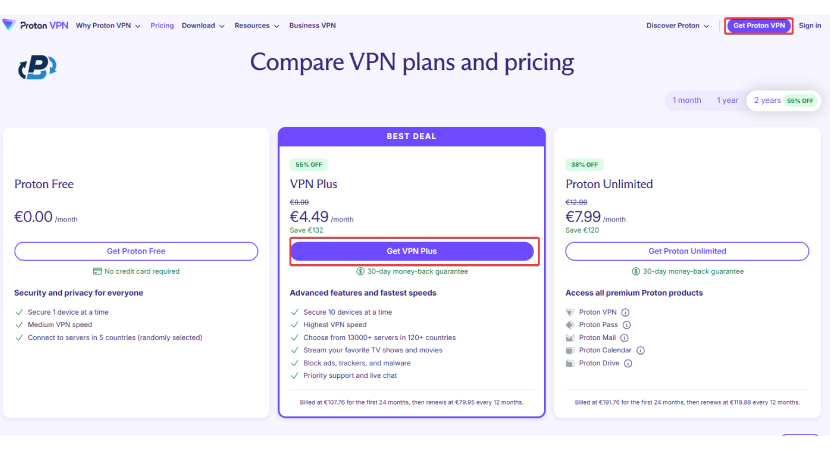
9. You can now fill in your email and the card details that you have copied from your Plasbit account.
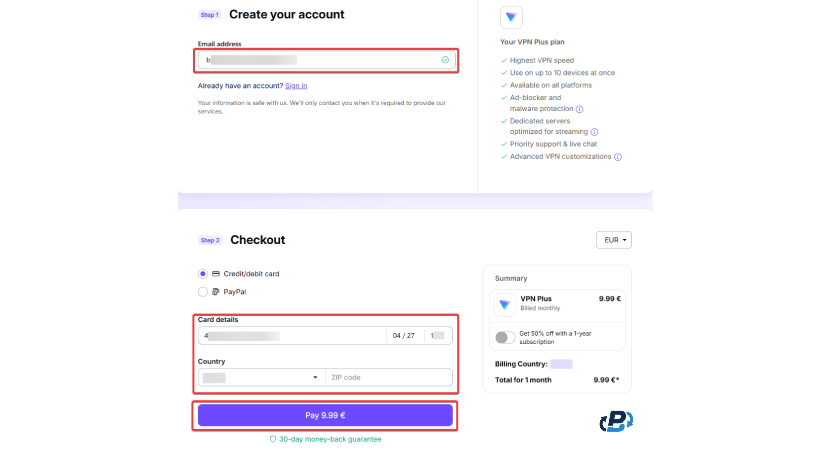
10. After clicking on the “Pay” button, a message will appear, prompting you to verify the payment with your bank, in this case, with Plastbit. Click on “Verify” and follow the process.
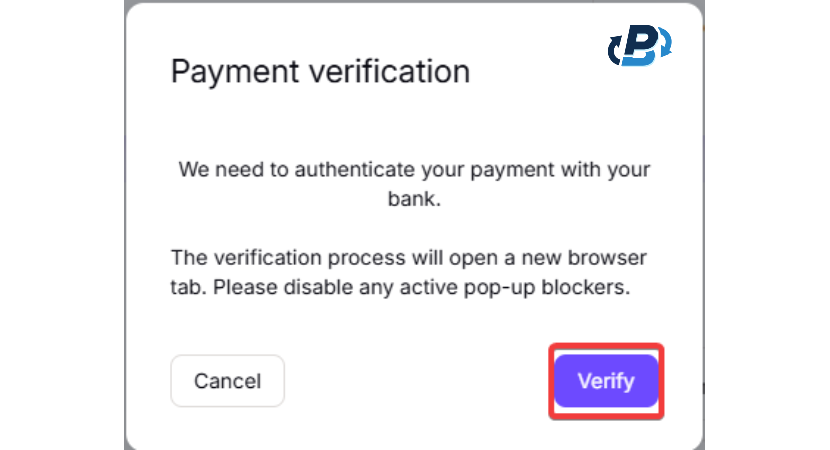
Once you complete all these steps, you will have effectively paid for your Proton VPN plan using Monero. As simple as that.
All the fuss of the 1,000+ signatures petition online could have been avoided. Instead of wasting a lot of time in online petitions, begging Proton to accept Monero, users could have just used a crypto card loaded with Monero, and pay for Proton in a few minutes. Besides, even if Proton fulfills its promise of officially accepting Monero before the end of the summer, that would only cover the payment for VPN, but not for ProtonMail or the other services. The company wouldn’t have done anything significant. To put it in more general terms, there’s no need for a company to officially accept Monero, you can always use it to pay for its services with a Plasbit crypto card. And that is not limited to online products like those of Proton. Your Monero balance in Plasbit can be spent in any place where major payment systems, for instance Apple Pay or Google Pay, are accepted. You simply add your Plasbit crypto card to your smartphone’s or smart watch digital wallet, and then pay for groceries, subscriptions, coffee, etc. Your card, loaded with Monero, becomes part of everyday expenses, with the added privacy that Monero offers.
How does Monero protect your privacy?
One of the core features of mainstream cryptocurrencies is the existence of a digital ledger that acts as a “single source of truth”. Bitcoin and Ethereum leave transaction records that anyone can view, containing the amount sent and the address of the wallets which made the transactions (that’s why, for instance, we know that the wallets associated with Satoshi Nakamoto hold around 1 million BTC). In contrast, Monero was specifically designed to conceal this information, making it impossible to know the amount of a transaction or identify senders and recipients. This untraceability is accomplished through a combination of features: stealth addresses, ring signatures, and other cryptographic techniques. When someone sends Monero, the network creates a temporary, one-time address just for that transaction called a "Stealth Address". An important component of this feature is a private view key, which allows the sender to view the transaction details and prove that he indeed sent the XMR.
Stealth addresses conceal identities, but that’s not the whole story. Monero also hides transaction amounts through Ring Confidential Transactions, RingCT for short. RingCT verifies transactions using a method called Pedersen commitments, which hide the actual amounts but still allow the network to check that everything balances. A Pedersen commitment works like a cryptographic “lockbox” that seals the amount using a secret code (called a blinding factor), so no one can see what's inside. The clever part is that these commitments are additive; if you add two locked boxes together, it’s the same as locking up the sum of the two numbers. This means the network can verify that the total money going into a transaction equals the total coming out, even though the individual amounts are hidden. To make sure no one is cheating by using fake or negative values, Monero adds range proofs, which mathematically prove that each hidden amount is a real, positive number within a valid range, like between 0 and some large limit. This prevents people from hiding negative numbers or creating fake coins out of thin air.
A final layer of anonymity is added by a feature known as “ring signatures”. Basically, Monero mixes your transaction with other transactions from the past and makes it very difficult for someone else to know which transaction was yours. The network knows that one of the transactions is real and the others are fake (called Decoys) and that is all it needs to verify it. The number of required decoys has been progressively incremented, reaching 16 in 2022. All these features in conjunction, provide users with privacy and anonymity benefits that aren’t available in other cryptocurrencies. Still, Monero has a weak spot: it doesn’t conceal your IP address when broadcasting transactions. What this means in practice is that ISPs, governments, or surveillance nodes could potentially identify your location by tracing activity into it. That is why VPN services, among them Proton, are a key factor for staying anonymous, even when you use Monero.
What makes Proton special among VPN providers?
Your IP address is a sort of window between the physical world and the web. That means that surveillance agents, hackers, or any sort of online prying eyes can find out your identity, location, and activities, all through your IP address. VPNs hide your true IP and provide you with a masked IP address anywhere in the world, while encrypting your internet traffic, and when it comes to crypto users, VPNs are an essential factor in guaranteeing that transactions and data remain confidential. Among VPN providers, Proton stands out as one of the most privacy-focused. The Swiss company, founded by scientists from CERN ,offers encrypted services, including email, cloud storage, and VPN. Proton VPN distinguishes itself by features like a no-logs policy, a blocker of malware and trackers, and giving users the option of choosing which apps use VPN connections. Apart from its technology, Proton stands out for its privacy-focused philosophy.
They envision an internet where staying private is not a luxury, but the default setting. In line with this, Proton’s business model doesn’t rely on monetizing your data or advertising. A key feature that distinguishes Proton from other VPN providers is the so-called Stealth Protocol. The idea is to disguise VPN traffic as regular internet traffic, such that not only is your real IP address hidden, but no one can even know that you are using a VPN. This feature is especially important in the case of cryptocurrency transactions from countries with restrictions.
Can I pay for Proton with crypto?
At the core of Proton’s value proposition is a quest for privacy on the internet. You might describe it as the ethos of the company. A similar ethos is found in the cryptocommunity: a quest to avoid interference from surveillance mechanisms, governments, and powerful financial institutions. Bitcoin itself was born as a peer-to-peer mechanism that would guarantee independence, privacy, and security. It’s no wonder that Proton’s vision is very popular among cryptoenthusiasts. Thus, it’s natural for you to ask: Can I pay for Proton with crypto? Yes, you can. Proton accepts crypto directly as a payment method, and they also promised to add Monero in the summer of 2025 as a payment method for their VPN.
An interesting fact to point out is that Proton is legally incorporated in Switzerland, a jurisdiction that has been friendly towards the crypto space. Many important crypto players are established in the Alpine country (for instance, the Ethereum Foundation), with Zurich and Zug (aka “Cryptovalley”) becoming popular places for crypto-related projects. As part of that ecosystem, Proton is a company that believes in the core principle of crypto, which is privacy. Integrating Bitcoin as a payment method was, therefore, a natural step for the company. Therefore, even if the answer to “does Proton accept Monero?” is “no”, Bitcoin stands out as a great alternative payment method. And the good news is that you can use your Monero to take advantage of this, as explained ahead.
An alternative method of using your Monero for Proton
There is another way of using your Monero to pay for ProtonVPN. It simply involves exchanging your Monero for Bitcoin using SimpleSwap, and then paying with BTC, which is an accepted method for the Proton. This method is actually faster than using a crypto card, but it involves a small exchange fee.
Here is step-by-step what you need to do:
1. Search for “SimpleSwap” on the web, enter the site, select the symbols of the coins that you want to exchange (XMR & BTC in this case), fill in the amount you want to exchange, and click on “Exchange”.
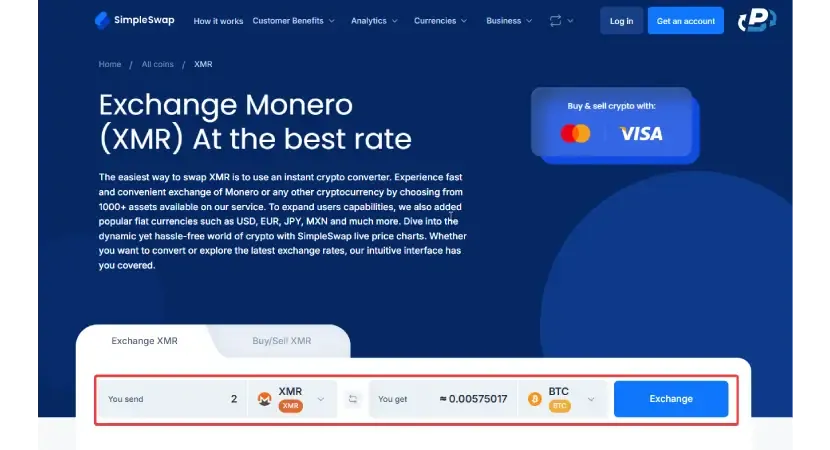
2. Fill in the BTC wallet address for the recipient, and click on “Create an exchange”.
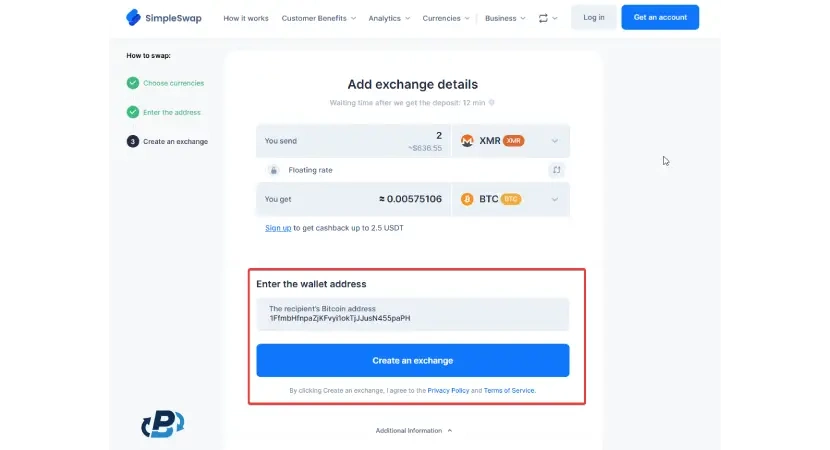
3. You are then redirected to a page with a QR code. You can scan the code or copy/paste the given address and send to that address the amount of Monero that you want to exchange. It might take some time until the transaction is completed.
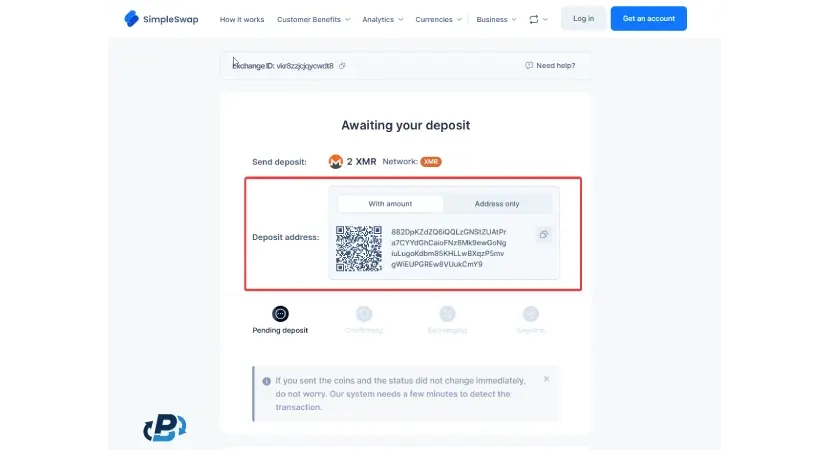
After these steps, you will now have an amount of BTC equivalent to your Monero, less the exchange fees. With that BTC, you can then pay for ProtonVPN.
Can I pay for Proton with Monero?
As mentioned above, more than a thousand users requested that Proton accept Monero as a method for paying its VPN service, and a promise was made by ProtonVPN’s General Manager, David Peterson, to integrate XMR as a payment method before the end of this summer. However, this request was limited to ProtonVPN, and that’s it. What about other Proton services, where privacy is as crucial as with VPN? You might wonder: Can I pay for Proton with Monero? No, you can't, although Proton promised to integrate Monero as a payment option for their VPN service in the summer of 2025; they do not plan to accept it directly for the rest of their services, mainly Proton Mail. If you still want to pay for Proton with Monero, you can order a crypto card using Monero, go to your Plastbit wallet, deposit Monero, then order a crypto card and connect it to Proton as a payment method. In other words, you follow the same process that was explained about Proton VPN.
Another alternative is to exchange your Monero for Bitcoin through SimpleSwap, following the simple steps explained above. Even though you can’t pay directly with your Monero for Proton services, you can use your Monero balance to fund two of the payment methods accepted as of today: credit/debit cards and Bitcoin. Monero, therefore, becomes an indirect payment method for Proton. This indirect workaround can be used to purchase any of Proton’s services, but also to fund your Proton account’s credit balance. This way, if you simply want to have some credit available for future Proton services purchases, you can add to that credit using your Monero, either with a crypto card or by swapping your XMR for BTC.
Does ProtonMail accept Monero?
Among Proton’s services, ProtonMail is very popular due to its enhanced privacy and security, guaranteed through end-to-end encryption, so that an email can only be accessed and read by the specified sender and recipient (not even Proton itself can have any sort of access). It is fair to assume that, as with ProtonVPN, many privacy-conscious users would like to pay for this service using Monero. However, does ProtonMail accept Monero? No, Proton does not accept Monero directly as a payment option for their mail service; however, you can bypass it by using a crypto card, which you can order with Monero. Go to your wallet, deposit Monero, and use it to order your preferred card, then connect it as a payment method for ProtonMail. In any event, in contrast with ProtonVPN, there is not even a promise of accepting Monero as a way of paying for ProtonMail in the near future. Nevertheless, that doesn’t preclude you from spending your Monero balance today in Proton’s services, if you simply follow the alternative methods previously described.]
Conclusion
Paying for Proton services with Monero is as easy as buying a crypto card, or exchanging Monero for Bitcoin. The online petition made by more than a thousand users was a waste of time, since you can take things into your own hands, without waiting for any company or executives to accept Monero as a payment method. Enjoying the privacy and anonymity offered by Monero and Proton is way easier than you might think.




